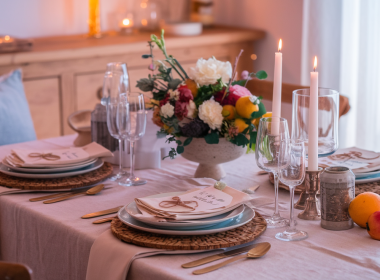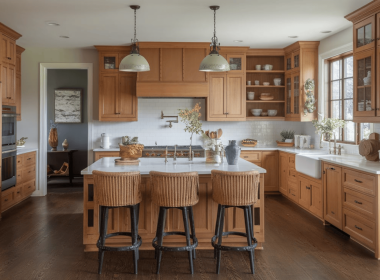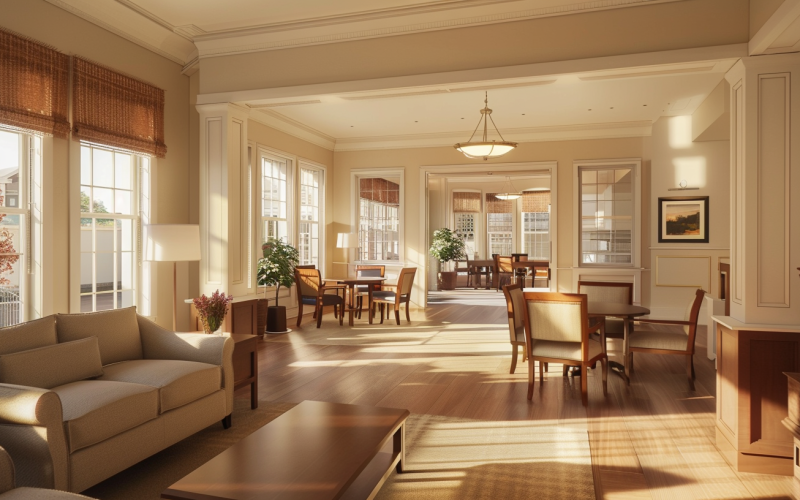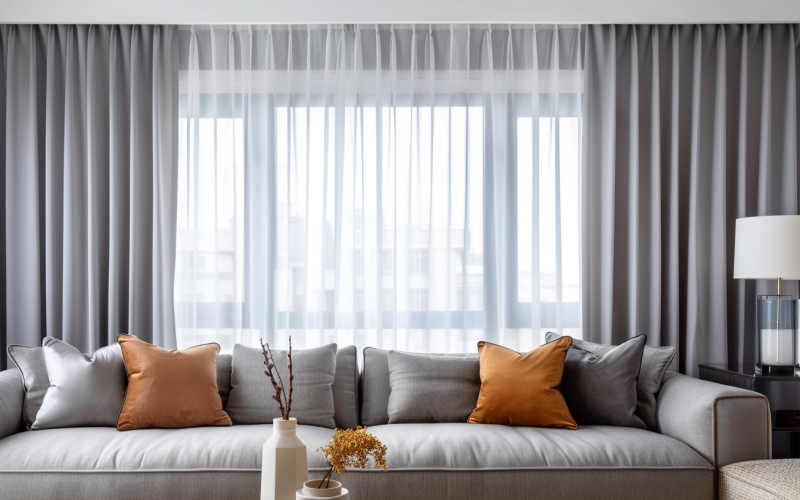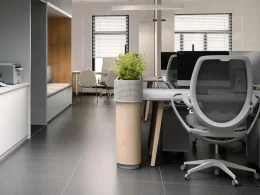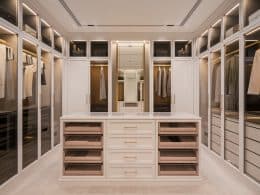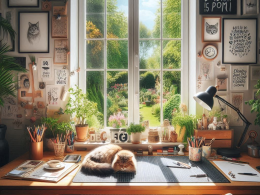Moving into an assisted living facility can be a huge moment in someone’s life – something that’s often a source of huge anxiety and worry. To make the situation better – its important to ensure the assisted living facility is as nice as humanly possible.
Decoration can significantly enhance the living environment, making residents feel more at ease and connected to their surroundings.
This article explores effective strategies for decorating an assisted living facility to ensure it looks great and feels like home.
Personalizing Living Spaces
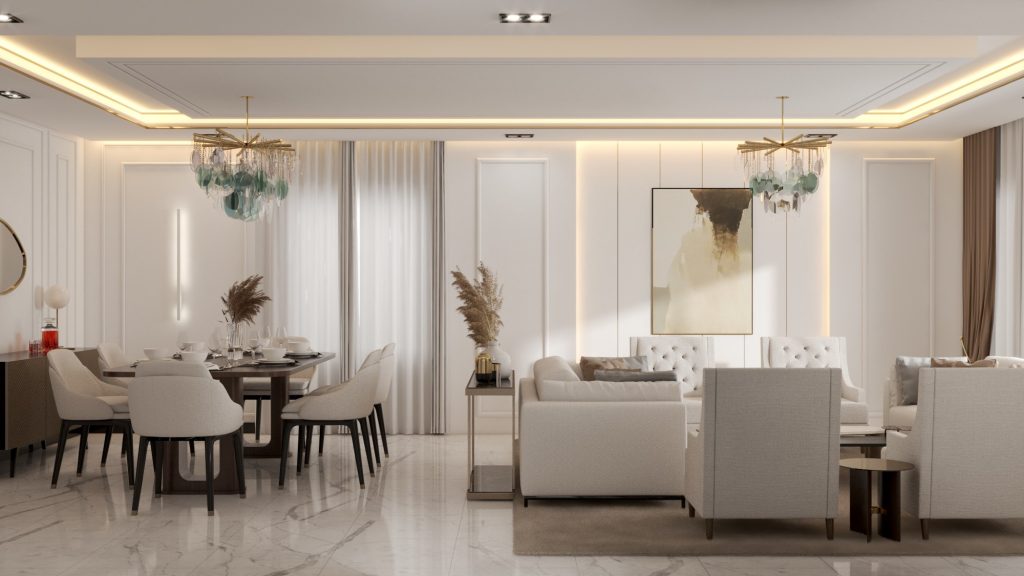
Personalization is key to making residents feel at home at an assisted living facility. Allowing them to bring personal items and incorporating their preferences into the decor can make a significant difference.
Tips for Personalization
Encourage residents to bring cherished items from home, such as photos, artwork, and small pieces of furniture. These familiar items can provide comfort and a sense of continuity. Additionally, consider their preferences for colors, styles, and themes when decorating their living spaces.
According to the National Center for Assisted Living (NCAL), 89% of residents in assisted living facilities value personal choice and control over their environment, underscoring the importance of personalization.
Incorporating Comfort and Functionality
Comfort and functionality should be at the forefront of any decorating plan. Furniture and decor should be not only aesthetically pleasing but also comfortable and practical for the residents’ needs.
Balancing Comfort and Function
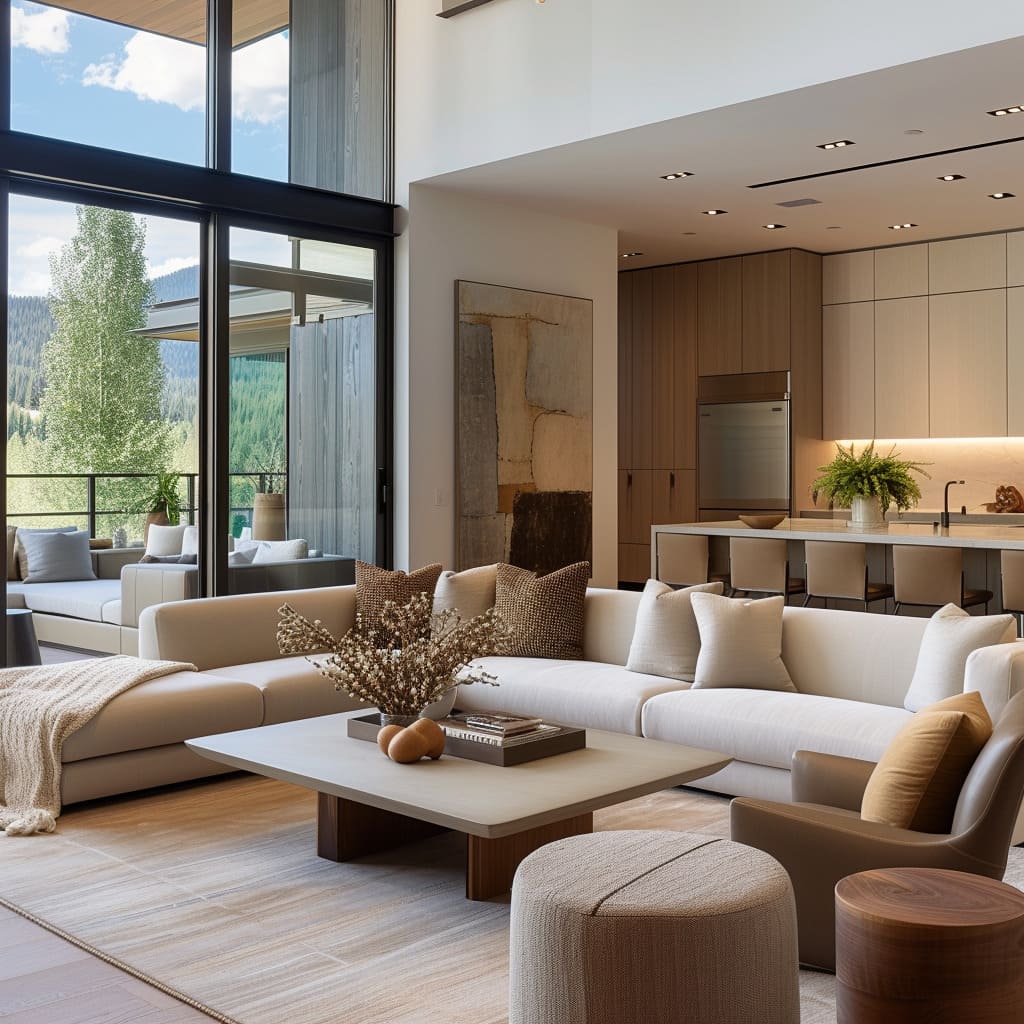
Choose furniture that is both stylish and comfortable, with features that cater to the mobility and health needs of the elderly. Soft seating, ergonomic chairs, and supportive bedding can greatly enhance comfort.
Functional elements, such as easy-to-reach storage and well-lit areas, ensure that the space is accessible and safe. According to a survey by the American Society of Interior Designers, 78% of older adults prefer environments that balance comfort with functionality, highlighting the need for thoughtful design.
Creating Social and Communal Spaces
Common areas are vital for fostering social interactions and a sense of community among residents. Designing these spaces to be inviting and versatile can encourage engagement and participation.
Designing Inviting Communal Areas
Incorporate comfortable seating arrangements that promote conversation and group activities. Use warm colors, soft lighting, and decor that reflects a homelike atmosphere.
Adding elements like game tables, bookcases, and hobby corners can provide opportunities for residents to engage in activities they enjoy. Incorporating greenery and natural elements can also create a relaxing and pleasant environment.
Embracing Outdoor Spaces
In addition to indoor decor, outdoor spaces play a vital role in enhancing the living experience for residents in assisted living facilities. Well-designed gardens, patios, and walking paths provide residents with a connection to nature and opportunities for physical activity and social interaction.
Benefits of Outdoor Spaces

Creating accessible and inviting outdoor areas can significantly improve residents’ mental and physical well-being. Incorporate comfortable seating, shaded areas, and accessible paths to encourage residents to spend time outside. Gardening activities can also be therapeutic and engaging, offering residents a sense of purpose and accomplishment.
According to a study by the University of Minnesota, exposure to nature can reduce stress, improve mood, and enhance overall well-being, making outdoor spaces a valuable addition to assisted living facilities.
Utilizing Memory Aids and Safety Features
Safety and accessibility are paramount in an assisted living facility. Integrating memory aids and safety features into the decor can help residents navigate their environment more easily and safely.
Enhancing Safety with Style
Consider using color-coded signage and clear, easy-to-read labels to help residents find their way around. Install grab bars, non-slip flooring, and adequate lighting in key areas to enhance safety. These elements can be seamlessly integrated into the decor to maintain a stylish and cohesive look.
Comparative Analysis of Decor Elements
|
Element |
Benefit |
Example |
|---|---|---|
|
Personal Items |
Provides comfort and familiarity |
Photos, artwork, small furniture |
|
Comfortable Furniture |
Enhances physical comfort and accessibility |
Ergonomic chairs, supportive bedding |
|
Social Spaces |
Encourages interaction and community engagement |
Game tables, hobby corners, comfortable seating |
|
Memory Aids |
Assists in navigation and enhances safety |
Color-coded signage, clear labels |
|
Safety Features |
Ensures resident safety without compromising style |
Grab bars, non-slip flooring, adequate lighting |
Engaging the Senses with Decor
Engaging multiple senses can make a space more inviting and comfortable for residents. Incorporating elements that appeal to sight, smell, and touch can enhance the homelike feel.
Multisensory Enhancements
Use soft fabrics and textiles to add tactile comfort. Scented candles or diffusers with calming scents can create a pleasant olfactory experience. Visually, ensure there is plenty of natural light and consider the use of art and colors that uplift and soothe. The combination of these sensory elements can significantly improve the overall ambiance of the facility.
Talking of light you can also ensure there are decorative lighting elements such as LED signs or neon signs, especially if these come from home and can help trigger happy memories. Signs that stimulate senses are always going to be a strong hit – especially if they look good and contribute to the feel of the new home.
Conclusion
Decorating an assisted living facility to make it feel like home involves a thoughtful balance of personalization, comfort, functionality, and safety. By incorporating personal items, choosing comfortable and practical furniture, creating inviting social spaces, and integrating memory aids and safety features, you can create a warm and welcoming environment for residents.
Engaging the senses through various decor elements further enhances the homelike atmosphere, making the facility a place where residents feel comfortable, safe, and happy. As more facilities recognize the importance of thoughtful design, the quality of life for residents continues to improve, fostering a sense of belonging and well-being.

